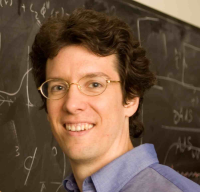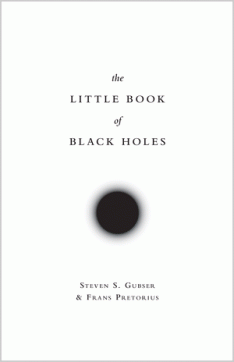Black holes were originally predicted by Einstein’s general theory of relativity nearly a century ago, but he and those after him doubted their existence until the 1960s, when the discoveries of quasars and X-ray binary solar systems, whose bizarre properties could only be explained by black holes, proved that these incredibly strange objects do indeed exist.
The authors: Steven S. Gubser is a professor physics at Princeton, where he completed his bachelor’s degree and his P.h.D., both in physics. He is the author of The Little Book of String Theory.
Frans Pretorius is also a physics professor at Princeton, and both live in Princeton, New Jersey.Opening lines: “It was September 14, 2015, almost exactly 100 years after Albert Einstein formulated the General Theory of Relativity. Two massive detectors, one in Louisiana and one in Washington, were undergoing final preparations for a science run aimed at detecting gravitational waves. Suddenly and unexpectedly, the detectors’ instrumentation recorded a peculiar chirp. If we made this chirp audible, it would sound like a faint, low-pitched thump.
Five months later, after careful scrutiny of the data recorded by these detectors, the Laser Interferometer Gravitational Wave Observatory (LIGO) publically announced their results. That chirp was…the distant echo of a pair of black holes caught in the act of merging into a single, larger black hole. The physics community was electrified.”Reviews: Sean Hartnoll from Stanford University, says, “This is a really excellent, beautifully written book. I am not aware of any other book that even approaches a comparably succinct exposition of the physics of black holes.”



